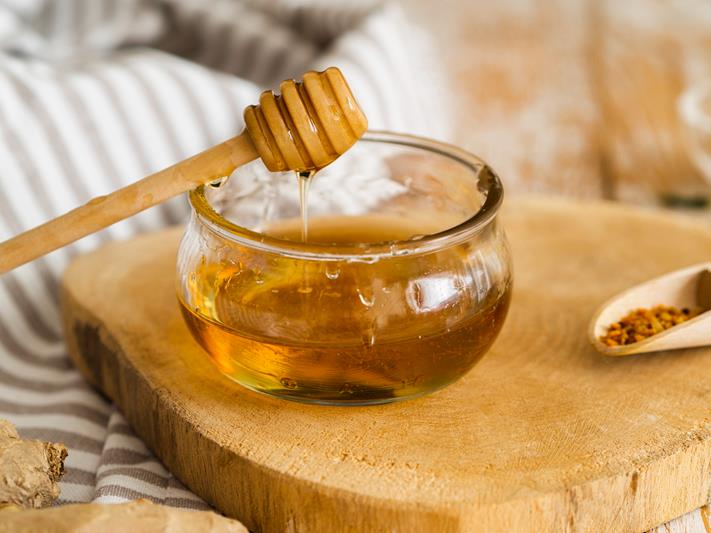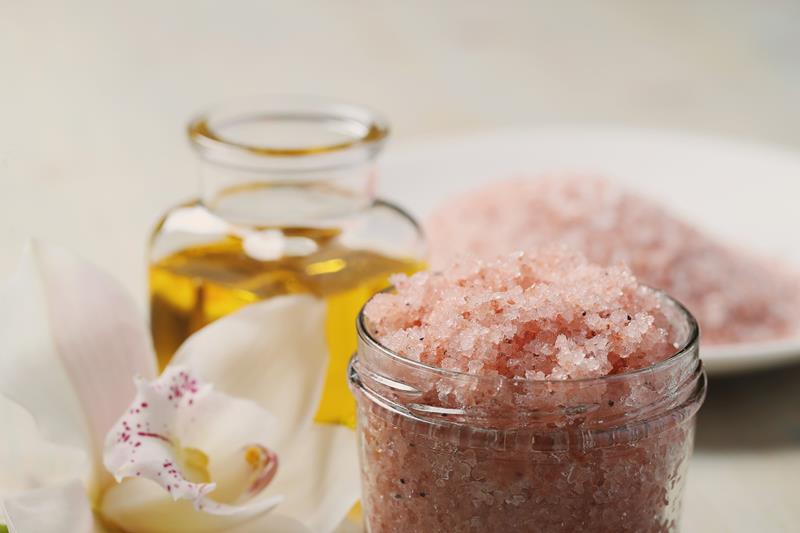Cleopatra proved that women are capable of successfully ruling nations. She was a wise, compassionate, and sometimes cruel leader. Moreover, historians claim that she was incredibly beautiful and skillfully looked after herself. One of the most famous queens in history, legends about her beauty have lived on for thousands of years. Women from different eras admire Cleopatra and wonder: what helped this Egyptian beauty conquer powerful generals and emperors?
Egypt’s Legendary Queen
Why is this historical figure so famous? There are legends and numerous stories told about this Egyptian ruler. Cleopatra, the last queen of Ancient Egypt, lived from 69 to 30 BC. e. During her reign, she managed not only to strengthen and develop Egypt but also to maintain its independence until the conquest by the Romans.
Cleopatra received an excellent education. She spoke many languages, including Greek, Latin and Egyptian, and also studied mathematics, philosophy, astronomy and music. What was the secret of her power? The Egyptian queen knew how to skillfully use intelligence, charm and political skill to improve the country’s economy, develop culture, and protect religious freedoms, traditions and customs. Educated and erudite, Cleopatra used her knowledge to effectively communicate with representatives of different peoples and cultures. She was a master of diplomacy, skillfully using Roman leaders to protect Egypt and strengthen her position.
Unlocking Cleopatra's Self-Care Rituals
Although some researchers and archaeologists doubt the accuracy of Cleopatra’s appearance, one thing is undeniable: she masterfully mastered the secrets of maintaining youth without surgery or injections. The Egyptian queen had exceptional charm and skill in creating a good impression of herself. She sought to preserve her youth for as long as possible and took all necessary measures to achieve this. What were her main facial and body care rituals?
Milk Spa for Timeless Beauty
The combination of milk and honey is the main secret of the beautiful skin of the charming queen. The famous Egyptian woman did not practice such an unusual bathing out of whim. Thanks to vitamins A and E contained in milk, the skin acquires radiance and softness. In addition, lactic acid is an excellent antiseptic, and honey is still included in many anti-aging products.
Milk baths are suitable for absolutely any skin type. The procedure stimulates metabolic processes, increases blood circulation, and enriches cells with nutritional components. This procedure allows you to increase the speed of regenerative processes in the skin, slow down aging, strengthen the walls of blood vessels and relieve skin inflammation.
The combination of milk and honey is the main secret of the beautiful skin of the charming queen. The famous Egyptian woman did not practice such an unusual bathing out of whim. Thanks to vitamins A and E contained in milk, the skin acquires radiance and softness. In addition, lactic acid is an excellent antiseptic, and honey is still included in many anti-aging products.
Such a bath can have a positive effect if you adhere to certain points: maintaining the water temperature to 37 degrees, taking a refreshing shower before the bath, smooth and slow immersion, etc. Such sessions should be carried out in a course of 10-15 procedures with breaks every other day.
Ancient Egyptian Facial Rituals
Cleopatra understood perfectly well that the face is the most important part of appearance, so she took care of it every day. Although she didn’t know it, her skincare methods were similar to the modern three-step system: cleansing, toning, and moisturizing.
In constant heat, Cleopatra often washed her face by adding apple cider vinegar to the water. To tone her skin, she used rose water instead of modern toners, which left her skin smooth and soft. To prevent the appearance of wrinkles, Cleopatra used a cream based on aloe juice. Aloe penetrated deeply into the skin, maintained its health and youth, and also retained moisture in the cells.
As an additional step in facial skin care, Cleopatra used various masks, such as white clay masks, known for its excellent whitening properties.

Cleopatra's Care for Eyes and Eyelids
Cleopatra paid great attention to caring for the skin around her eyes, using natural products and methods to maintain its freshness and youth. She used a mixture of saffron and rose water, known for its antioxidant and moisturizing properties, to reduce inflammation and refresh the skin.
To reduce swelling under the eyes and improve microcirculation, Cleopatra used ice cubes made from milk or rose water, as well as cucumber slices. She also used almond oil to massage the skin around her eyes.
Hand Care in Ancient Egypt
Cleopatra, the gorgeous and stylish queen of Ancient Egypt, paid great attention to caring for her hands. She believed that beauty begins with well-groomed hands and nails and therefore took meticulous care of her skin and nails to enhance her natural attractiveness.
The skin of the Egyptian queen’s hands remained soft thanks to a natural cream with aloe juice and beeswax. Special baths for brushes consisted of a decoction of plantain, nettle and calendula with the addition of chicken fat, honey and castor oil. The queen used henna to give her nails a reddish-brown hue. The effect was short-lived, but it was not difficult for Cleopatra to renew her manicure again and again.
Secrets of Cleopatra's Makeup
The famous Egyptian ruler was famous for her sophisticated style and makeup, which emphasized her beauty and mystery. Cleopatra’s eyes were one of her most attractive features, so she paid special attention to them.
Thanks to her, a whole palette of eye shadows based on minerals and plants was developed. Her traditional makeup included jet black eyeliner that highlighted her eyes and continued down her face. Cleopatra probably did not realize the beneficial properties of antimony, but, like many Egyptians of her time, she considered it magical. Antimony can now be found in many skin products and its antibacterial properties help prevent skin infections.
In ancient Egypt, a mixture of animal fat with beeswax and red pigment or red clay was often used as lipstick. These lipsticks usually had dark shades.
Why Cleopatra's Skincare is Still Relevant?
Self-care practices often have long histories and traditions that permeate contemporary culture and practice. Treatments associated with Cleopatra have become a symbol of luxury, beauty and skin care.
The composition of face masks and toners was based on the use of natural ingredients such as milk, honey, oils and herbs. Today, more people are choosing natural and organic personal care products because they are gentle on the skin and more environmentally friendly.
In addition to the obvious benefits for the skin, such procedures add an element of relaxation to life. In today’s constant rhythm, this is exactly what is needed. The story and culture of Cleopatra still inspire people around the world. Many people seek to experience something that has historical value, and Cleopatra-inspired treatments provide that opportunity.




